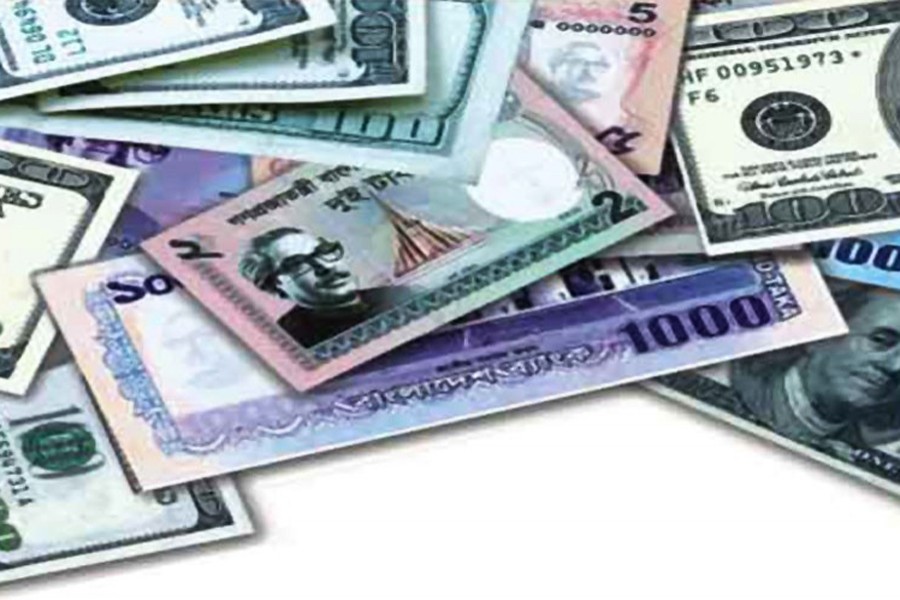Bangladesh Bank has decided to allow the exchange rate for the taka to float against the dollar in a major shift from the managed rate.
This means the price of the dollar in the market will be determined by demand and supply and banks will be allowed to set their own dollar prices.
The new decision, effective from Thursday, ends the previously fixed interbank exchange rate of Tk 89 against the greenback, reports bdnews24.com.
“The price of the dollar will be set by the open market,” Bangladesh Bank Executive Director Md Serajul Islam said. “Bankers have said that, without this step, remittances will fall.”
Despite allowing the currency to float, Bangladesh will still monitor the price, Islam said.
Macroeconomists and analysts are saying the central bank has been using the tool of devaluation to put a brake on the depletion of foreign exchange reserves, which stand at $42 billion now.
Bangladesh had a record $48.02 billion in August last year, sufficient to pay import bills for up to one year, but a steady decline has brought it down to the current $42 billion.
According to them, the dual effect of a global hike of commodities prices caused by the Russia-Ukraine war led to soaring import costs and a decline in remittances compared to last year’s inflow have impacted the foreign exchange coffer heavily.
Earlier this month, Islam, also the spokesman for the central bank, said: “The open import is under more pressure compared with export. So, the banks are unable to meet the demand for the dollar, which is why the dollar price has increased a bit.”
The central bank’s data, from Jul-Mar of the current fiscal, reveals that the import of various commodities was worth $66.5 billion, which is 43.84 percent higher than the last fiscal in the same period.
On remittances, in the same nine months, the expatriates have sent $17.31 billion, which is 16.25 percent lower than in the same period of the last fiscal year.
Meanwhile, Bangladesh earned $43.34 billion by exporting goods, which is 35.14 percent higher than the same period in the last fiscal year.
This means, on average, a billion US dollar deficit remained every month.


